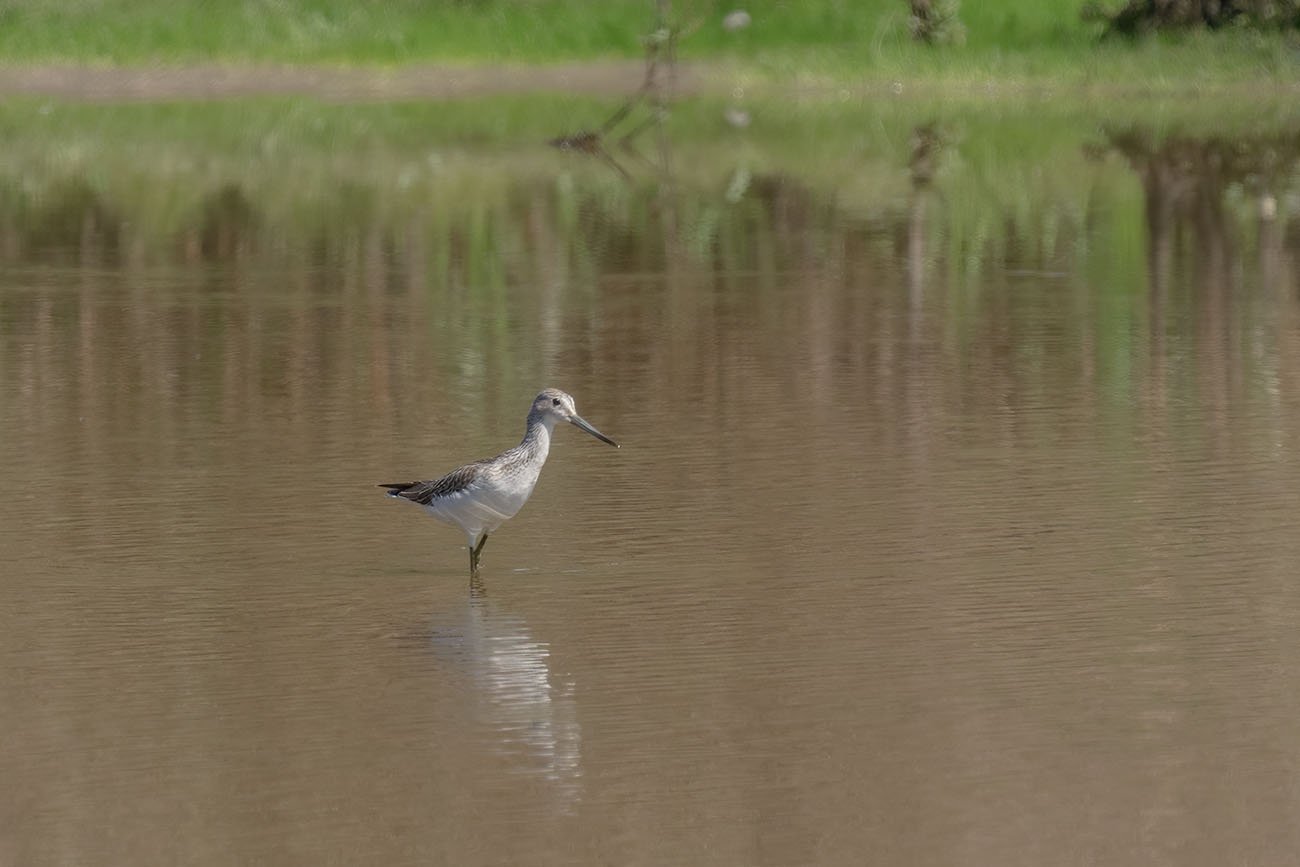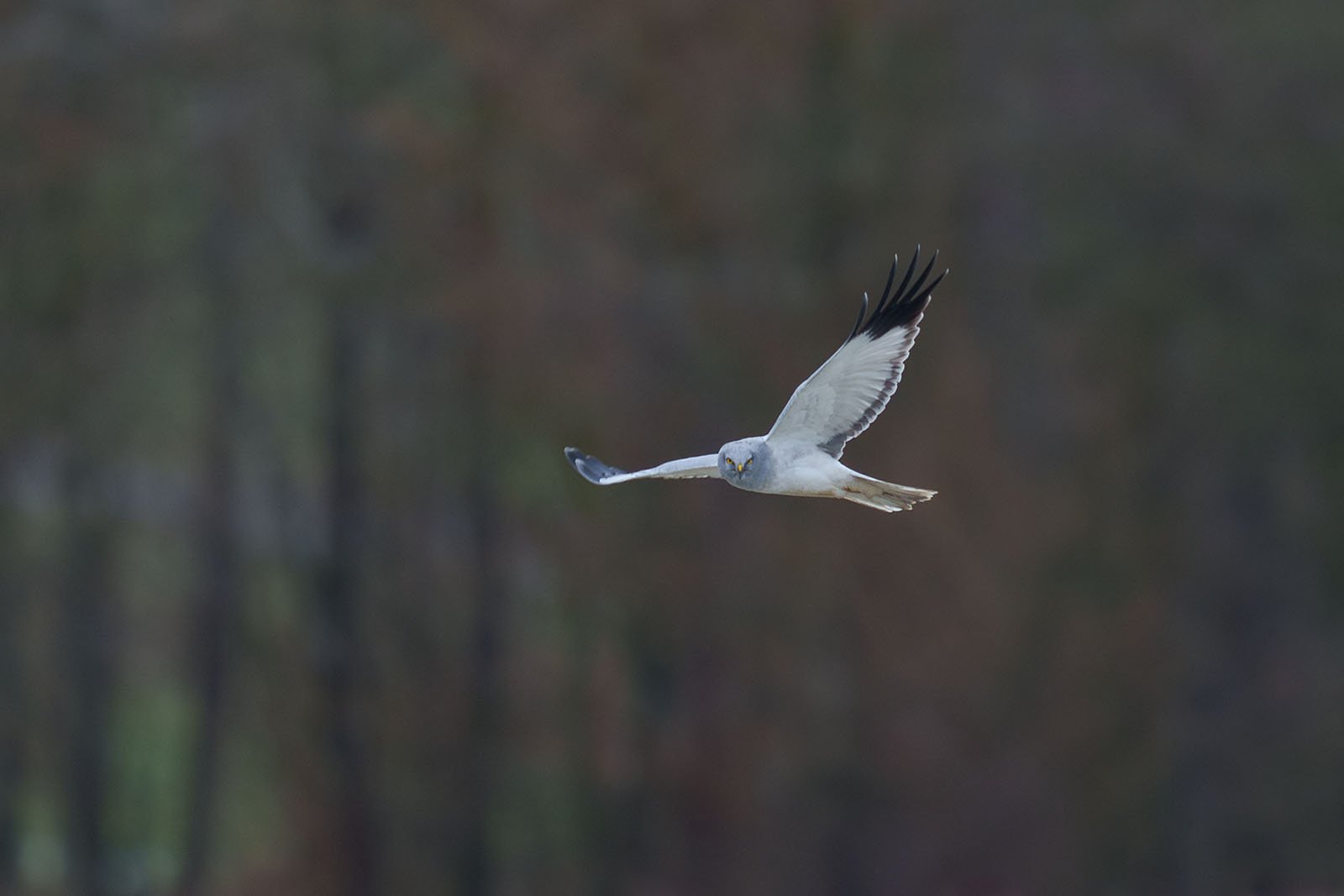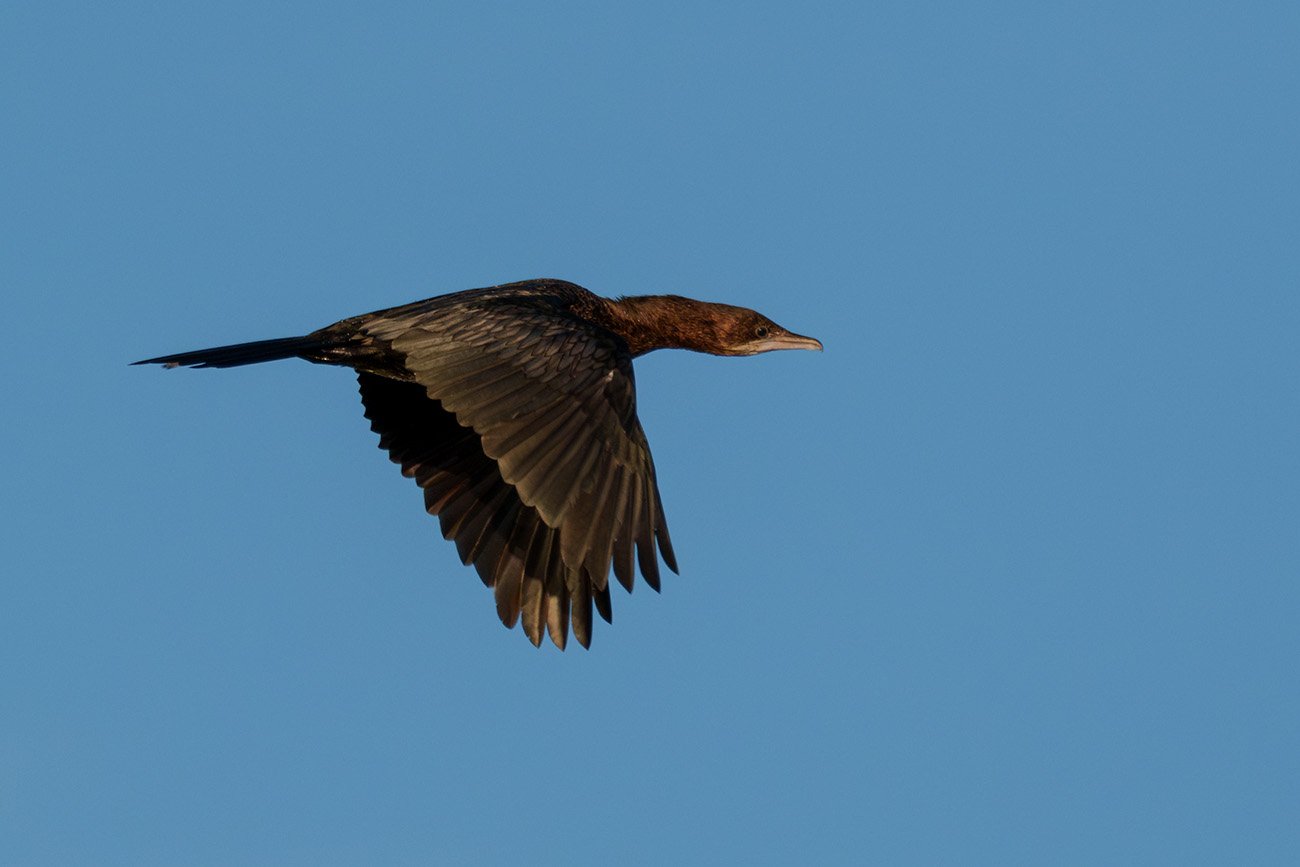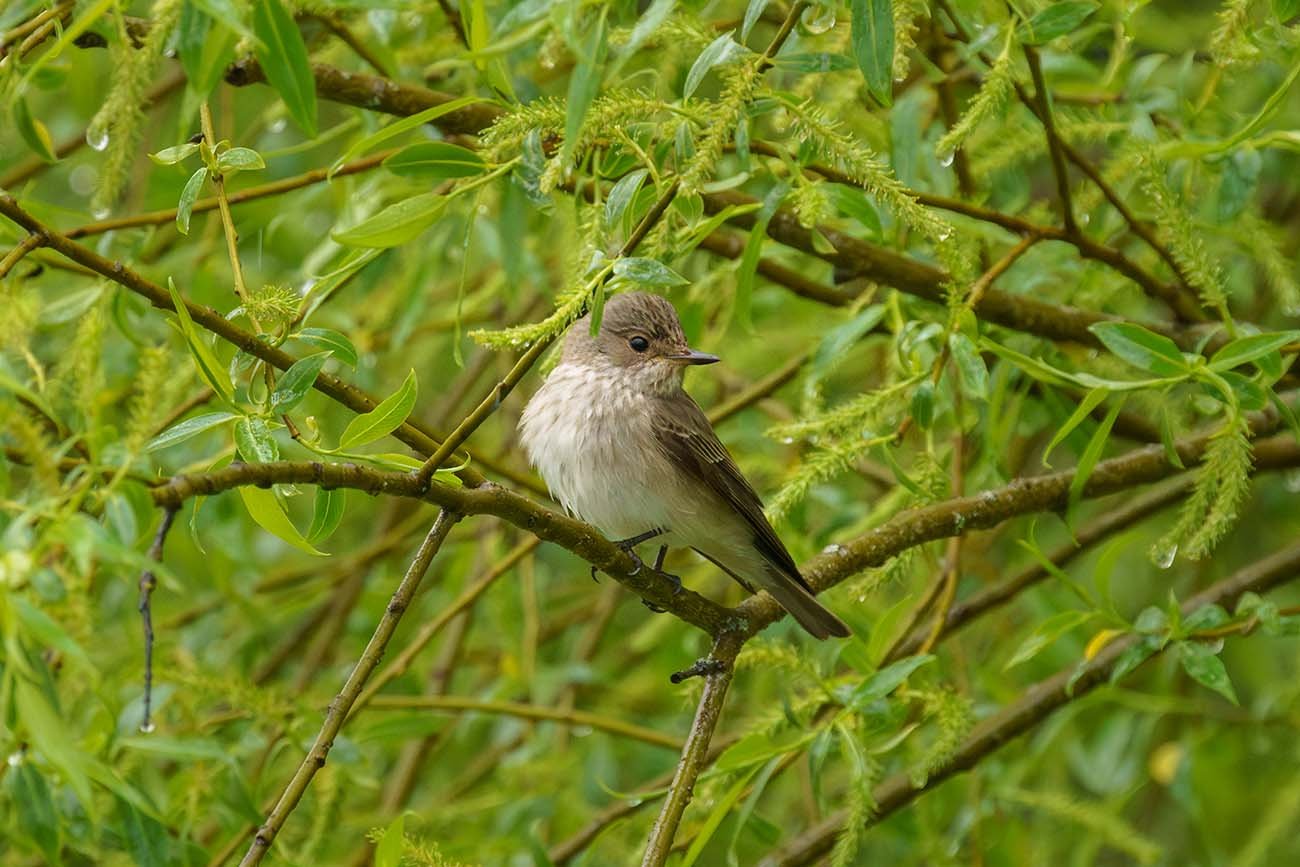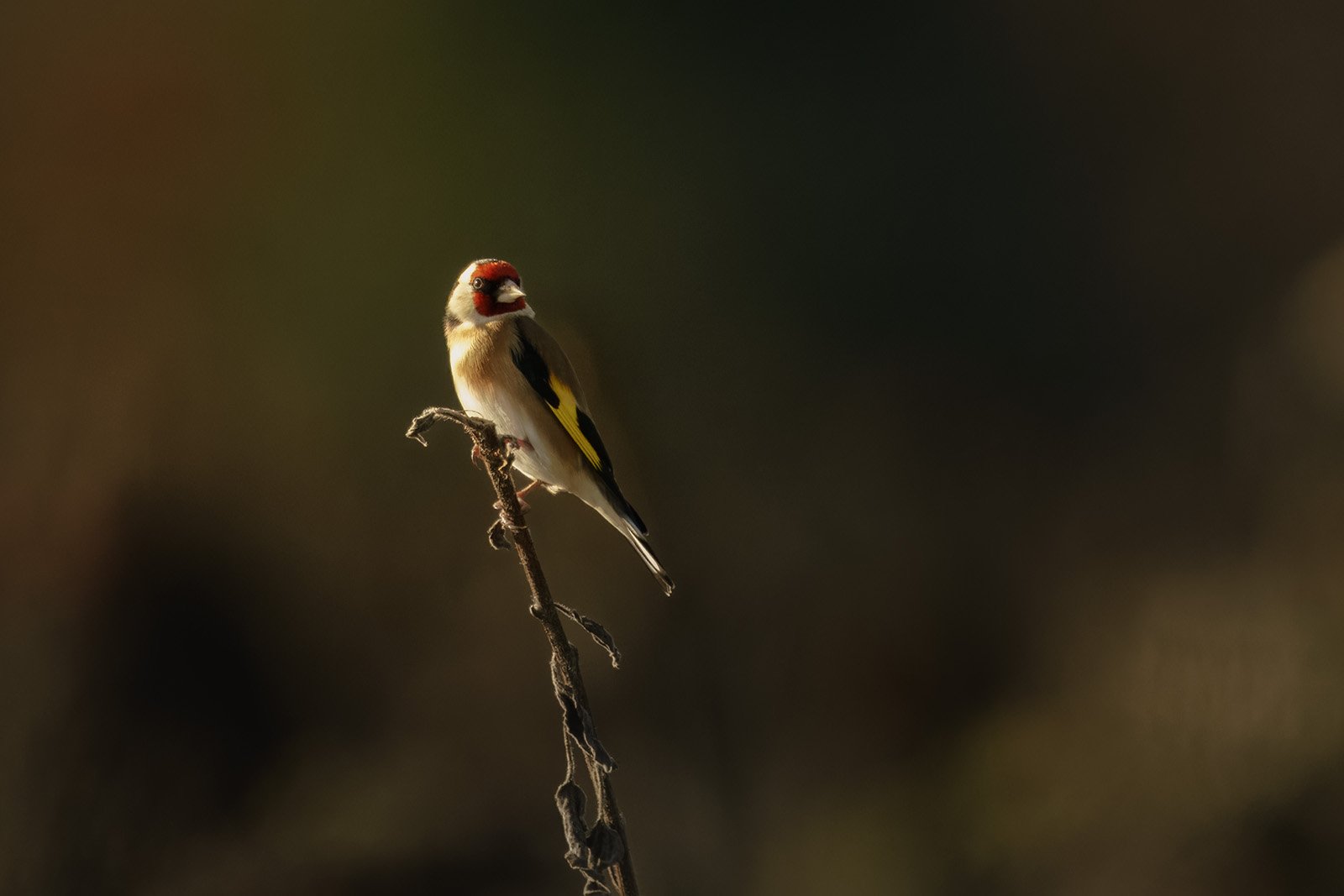Gadwall (Mareca strepera)
Gadwall (Mareca strepera)
Gadwall: Subtle Elegance on Shallow Waters
The gadwall, a quiet inhabitant of shallow waters, stands out with its mottled plumage and white wing patch. Learn about its diet, courtship, and hidden nesting habits.
Shortlist
- The gadwall (Mareca strepera) is 46–56 cm long and thrives in shallow freshwater and reed-filled coastal areas.
- Diet: Primarily aquatic plants and algae, with occasional small aquatic animals.
- Distribution: Originally not native to Central Europe, it has expanded its range since the 20th century.
- Appearance: Males feature gray mottled plumage with a black rump, while females are plainer than mallards.
- Special traits: A distinctive white wing patch and the male’s typical courtship calls of “trrb” and “arp.”
Key Facts
- Scientific Name: Mareca strepera
- Size: 46–56 cm
- Weight: Not specified
- Habitat: Shallow freshwater bodies, reed beds, brackish coastal waters
- Diet: Aquatic plants, algae, occasional small aquatic animals
- Seasonality: Found year-round in Central Europe, with many migrating in autumn
- Nest: Well-hidden in dense shoreline vegetation, often near gull colonies
Table of Contents
- Introduction: A Subtle Dabbling Duck
- Appearance: Modest but Distinctive
- Habitat and Distribution
- Diet: Plant-focused with Occasional Variations
- Reproduction: Hidden Nests in Reeds
- Special Traits: Gadwall Courtship
- FAQ: Frequently Asked Questions About Gadwalls
1. Introduction: A Subtle Dabbling Duck
The gadwall (Mareca strepera) may not have the vibrant colors of some ducks, but it captures attention with its understated elegance and fascinating behaviors. With its gray, mottled plumage, it’s a more subdued relative of the mallard.
Interestingly, the gadwall wasn’t originally native to Central Europe, but it began spreading across the region during the 20th century. Today, it inhabits shallow lakes, reed beds, and even brackish coastal waters, thriving in habitats that provide both food and shelter.
2. Appearance: Modest but Distinctive
The gadwall’s charm lies in the subtle details of its appearance, making it a pleasure to observe for those who take a closer look.
Key Features
Males:
- Mottled gray plumage, with a black rump for contrast.
- A striking white wing patch, visible in flight or during courtship displays.
Females:
- Sleeker and grayer than a mallard female, with a more understated appearance.
- A subtle but effective camouflage for nesting in reeds.
Wings:
The distinctive white wing patch is visible on both males and females, making the gadwall easy to identify in flight.
Though modestly colored, the gadwall’s refined plumage is a perfect example of elegance through simplicity.
3. Habitat and Distribution
The gadwall favors water bodies rich in vegetation, where it can find food and secluded nesting sites. Its recent range expansion highlights its adaptability.
Distribution
- Breeding Season:
- Found around shallow lakes and reed-lined shores.
- Particularly drawn to areas near gull colonies, which provide additional protection from predators.
- Wintering Grounds:
- Many gadwalls migrate southward in autumn, though milder winters allow some to remain in Central Europe.
Typical Habitats
- Shallow freshwater lakes with reed beds.
- Brackish coastal areas and wetlands.
- Urban park ponds and reservoirs with sufficient vegetation.
Its ability to adapt to both natural and human-influenced environments has contributed to its growing population in Europe.
4. Diet: Plant-focused with Occasional Variations
The gadwall is predominantly herbivorous, feeding mainly on aquatic vegetation, which it grazes from the water’s surface or while dabbling.
Main Diet
- Aquatic Plants:
- Duckweed, pondweed, and algae.
- Occasionally:
- Small aquatic animals, such as insect larvae or tiny crustaceans, particularly eaten by ducklings.
Its name, “gadwall,” is linked to the quiet chatter it produces while foraging—a sound that adds to the serene atmosphere of its watery habitat.
5. Reproduction: Hidden Nests in Reeds
The gadwall is a cautious breeder, choosing well-hidden locations for its nests to protect eggs and ducklings from predators.
Breeding Behavior
- Nesting Sites:
- Females build their nests in dense vegetation, such as tall grasses or reeds, often on small islands or near gull colonies for added safety.
- Clutch Size:
- A typical clutch contains 8–12 eggs, which the female incubates alone.
Nestlings
- Precocial Ducklings:
- After hatching, the ducklings leave the nest almost immediately and follow their mother to the water.
- They quickly learn to forage for themselves, feeding on small aquatic animals in their early weeks.
The combination of camouflage and strategic nest placement makes the gadwall an efficient and successful breeder.
6. Special Traits: Gadwall Courtship
The gadwall’s courtship displays may lack the dramatic colors of other duck species, but their vocalizations and behaviors are no less intriguing.
Courtship Behavior
- Vocalizations:
- Males produce deep “trrb” or “arp” calls, often accompanied by high-pitched whistles.
- Displays:
- Males circle the females and repeatedly flash their white wing patches to gain attention.
These subtle yet distinct behaviors showcase the gadwall’s elegance and help strengthen pair bonds during the breeding season.
7. FAQ: Frequently Asked Questions About Gadwalls
1. How big is the gadwall?
It measures 46–56 cm in length, making it a medium-sized dabbling duck.
2. What do gadwalls eat?
Their diet consists primarily of aquatic plants, algae, and occasionally small aquatic animals.
3. Where do gadwalls live?
They inhabit shallow freshwater lakes, reed beds, and even brackish coastal waters.
4. How do males and females differ in appearance?
Males have gray, mottled plumage with a black rump, while females are slimmer and less colorful, with a more camouflaged appearance.
5. When do gadwalls breed?
Breeding occurs in spring. Nests are built in dense vegetation, and the ducklings are led to the water shortly after hatching.
The gadwall is a perfect example of understated beauty in nature. With its refined plumage, tranquil demeanor, and fascinating behaviors, it’s a delightful presence in wetlands and lakes. Whether quietly foraging or displaying its white wing patch in courtship, the gadwall is a bird worth observing on your next visit to the water’s edge!




